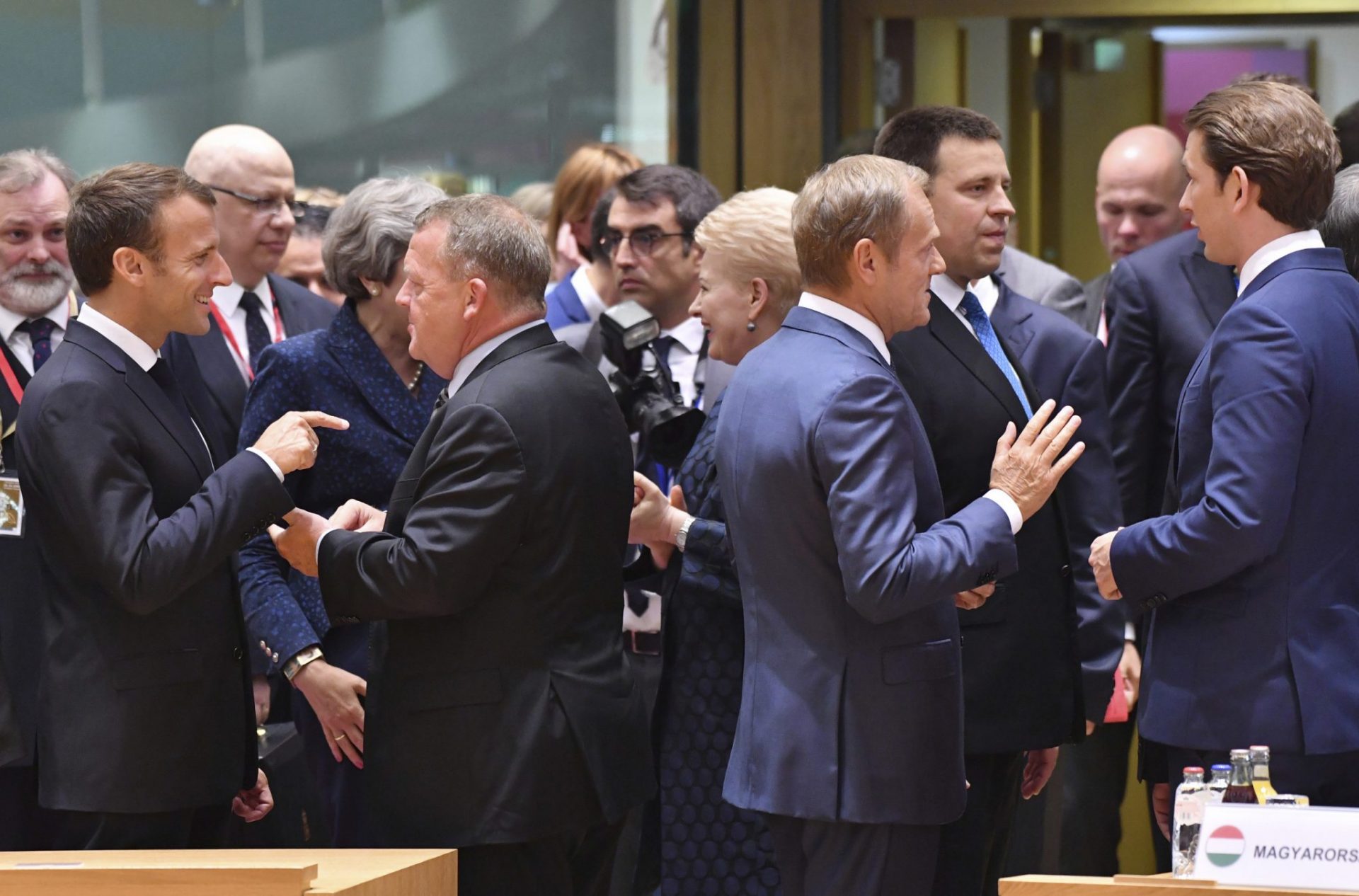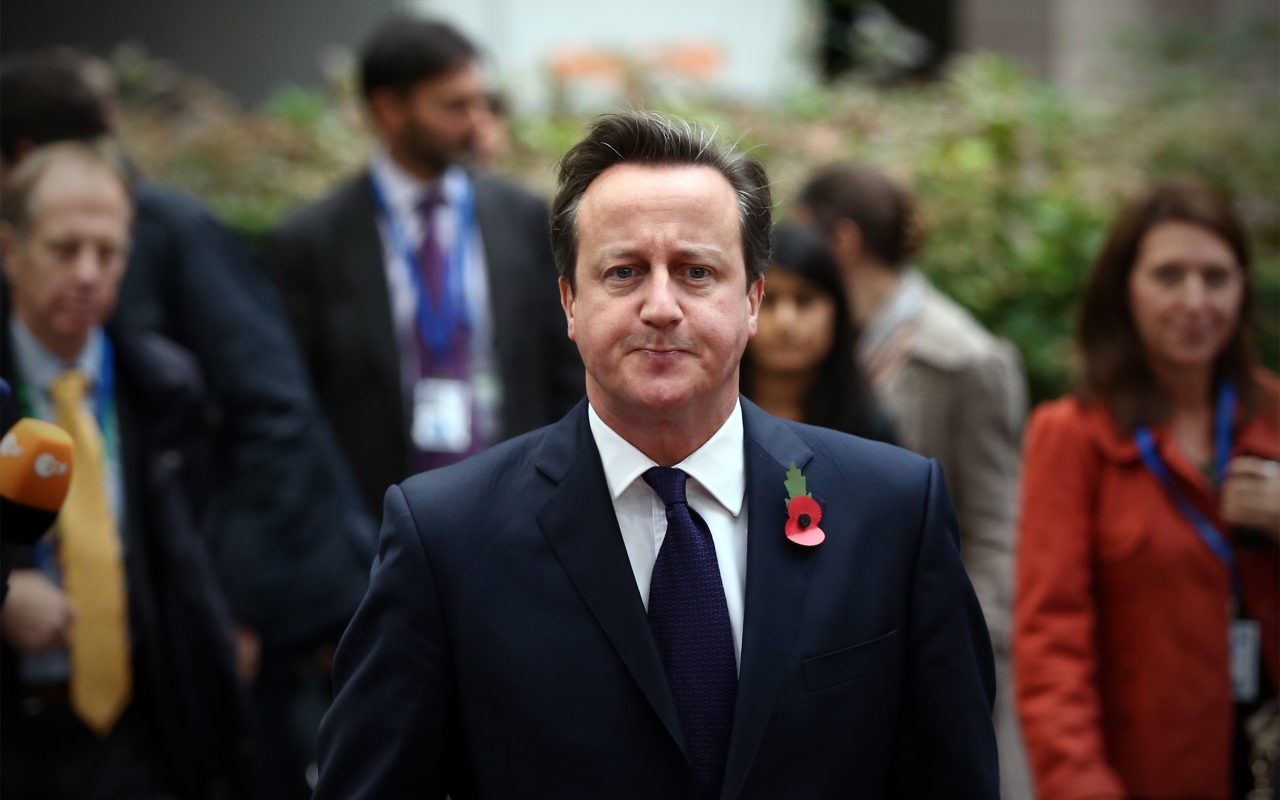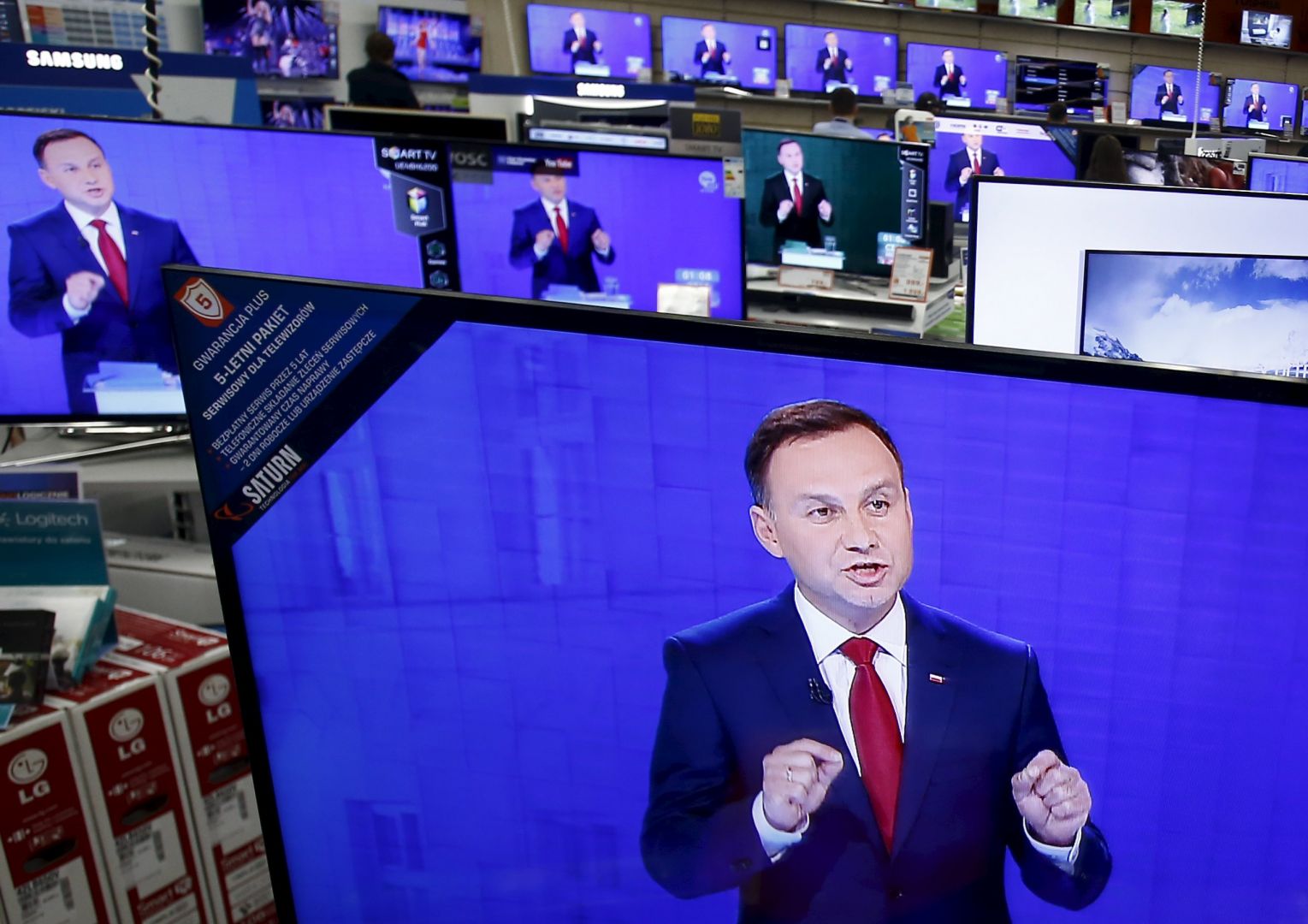
[authorbox authorid=”91″ title=”The Author”]
On 28 June 2018, EU heads of state or government met in Brussels following the necessities to start a discussion on the current hot themes regarding the Union such as migration, security and defence, Russia’s sanctions, Brexit, economic and financial affairs, but as the discussions of the last weeks in several countries demonstrated, the hottest theme on the table was represented by the migration issue.
In Germany, chancellor Angela Merkel has been challenged by Interior Minister Horst Seehofer, from the coalition party CSU, which threatens to refuse welcoming those migrants who have registered for asylum elsewhere in the EU.
Despite Merkel rejected that approach, insisting on a European solution to migration issues, the dispute raised not only the possibility of the end of the historical conservative alliance between the CSU and Merkel’s CDU, but also the possibility of a government crisis that could have led to new elections.
Therefore, Merkel’s aim at the European Council was to address the problem of the secondary movements within the EU, in order not to face re-elections and solve the three-week long standoff with the hard-line interior minister.
On the other side, Italy, following the creation of the new populist government, raised serious concern amongst the other European countries as a result of the hard policy the new government is implementing towards NGOs’ vessels carrying migrants to Italian ports.
The expectations of the new prime minister Giuseppe Conte from his first European Council were high, mainly concentrated on the necessities of subdivide migrants between European members and increase the European Union budget to the Trust Fund for Africa, in order to permit to North Africa countries to prevent migrants reaching European shores.
At the same time, Czech Republic, Hungary, Poland and Slovakia, the so-called Visegrad group, did not share the Italian necessity for European solidarity as they always distinguished themselves to be strongly resistant to accepting refugees and therefore opposed to any mandatory quotas.
The possibilities of balancing these different positions on one of the most challenging topics for the European Union were feeble, but on Thursday night the EU leaders finally reached an agreement.
According to the final declaration, the European Council agreed on several points shared by the various countries, as the necessity of increasing cooperation with Libya and Turkey in order to reduce the flows from those countries, the willingness of increasing the financial aid to Turkey and to the Trust Fund for Africa, the urgency in boosting the cooperation with the African Union, the necessity of strengthen the role and the resources of FRONTEX, the importance of reforming the Dublin regulation and the need for a dedicated budgetary tool in the next long-term EU budget to combat illegal migration.
Nevertheless, some issues were harder to be addressed and the resulting points are most probably going to be debated in the next weeks. In particular, the Council stated that member states must take legislative and administrative measures as well as enhance cooperation to counter secondary movements of asylum seekers.
Furthermore, in order to discourage migration flows the European Union will “explore the concept” of regional disembarkation platforms, in cooperation with Northern African countries, UNHCR and IOM. This approach could eventually lead to the creation of these platforms outside EU borders, in the attempt to prevent migrants to reach the Union. At the same time, member states should take charge of those migrants that will manage to reach EU shores on a voluntary basis.
—
Although it certainly is encouraging that the EU leaders managed to reach a pact on the issue, as every other agreement this is a compromise and cannot fully satisfy everyone. But which position will this agreement accomplish, and which ones are left behind?
The agreement’s outcome is overall positive for Germany, as Merkel proved she could addressed the issue of “secondary movements” of migrants, improving her position against Seehofer and fortifying her leadership at the head of the government.
Behind the scenes of the European Council, Merkel managed to make a deal with 16 countries, open to take back from Germany those refugees registered within their borders. Amongst these countries there appears to be three of the four members of the Visegrad group: Poland, Czech Republic and Hungary, despite the head of government of both these two last countries denied their involvement in any agreement.
Other countries with whom Merkel reached an agreement are Spain, Greece, France, Belgium, Denmark, Estonia, Finland, Lithuania, Latvia, Luxemburg, Netherlands, Switzerland, Sweden and Portugal.
In Merkel’s strategy on this issue, Austria and Italy are missing and their reactions showed that, despite all the three countries have a far-right interior minister which would like to strengthen EU external border controls, their interests diverge greatly when it comes to managing migration from one EU country to another.
Austria’s prime minister Sebastian Kurz managed to back both Merkel in opposition to Horst Seehofer and his interior minister Herbert Kickl, form the far-right FPÖ, as Seehofer’s decision on pushing migrants back would mean pushing many of them back to Austria, something unacceptable for Kickl.
Therefore, the fact that Austria did not sign any deal on the issue with Germany does not astound. Italy’s opposite position on the deal with Germany is no surprise either. Giuseppe Conte position during the Council did not seem to pay as expected, especially amongst the minister of interior Matteo Salvini and the oppositions.
In fact, despite the new prime minister’s statement after the Council, according to which “Italy is not alone anymore” and the European Union will be “more responsible and united”, many are not confident about the agreement reached with the other member states.
In particular, the position Conte held during the Council, following the formula “nothing is agreed until everything is agreed”, led to two results for what the country is concerned.
Firstly, it leaded to the proposal of creating the so-called “controlled centres”, financed and managed by the EU, in those countries willing to host them. This proposal, backed by France and Spain in the first place, met the endorsement of Italy, being accompanied by the EU willingness to explore the possibility of establishing disembarkation platforms in North Africa, outside European borders.
Still, emphasis has been placed both on the voluntary basis necessary for opening the centres, backed up from the large majority of the member states and clearly from the Visegrad group, and for the possibility to open these centres only within those member states that are the first arrival of migrants in Europe.
In particular, French President Macron, one of the first supporter of this proposal, highlighted the necessity to open these centres in frontline country only, even if any recall on this point is missing in the final declaration. The frictions between France and Italy therefore are not likely to end any time soon.
Secondly, the Council agreed on the necessity of reforming the Dublin regulation, which has been one of the main targets of the Italian government.
And, from an Italian point of view, the real advantage the government acquired from this European Council relies on this topic and is represented by the electoral capital that especially the Five Star Movement managed to gather in Brussels.
The consensus of the party towards the agreement, and beyond the real meaning of it, was unanimous, claiming “extraordinary results” as a result of the prime minister firm position, which “brought results beyond any expectations until a few days ago”.
When or how the populist party will use this capital is unknown but given the difficult relations with the other coalition party so far, the future of the government could be interrupted well before the natural end of the legislature and a European victory, real or pretend, would represent an asset in a national election.
And while in the European Parliament the consensus around this agreement is still relatively unanimous, not everyone is pleased with the migration deal: Ska Keller, president of the Greens/EFA group in the European Parliament, stated that, because of this agreement and the measures that could follow, it is going to be “impossible to apply for asylum on European soil”, while Gabi Zimmer, president of the left party GUE/NGL in the European Parliament, underlined that other disembarkation platforms, namely established by Australian government, have been condemned for their “appalling human rights abuses” and that the agreement could bond EU to repressive regimes taking migrants into slavery in Libya even more.
But which are the winners of this Council? In their own way, everyone gained something.
Merkel saved her government and avoided new elections, Macron, Sanchez and the Visegrad group avoided taking obligations on the forthcoming migrants, Kurz avoided any responsibility regarding getting back those migrants that moved from Austria to Germany, Conte managed to collect the mention about the reform of Dublin and the possible creation of disembarkation platforms outside the Union borders and the other member states managed not to drastically change the current status quo.
But the real winner of this European Council is the Council itself thanks to the fact that it avoided the fracture in the Union. Still, the path towards a real distribution of the commitment on the migration issue seems very long.




